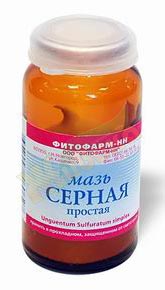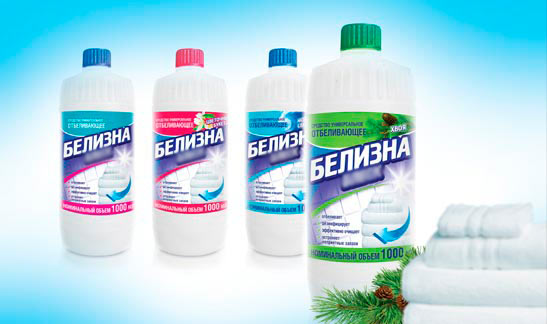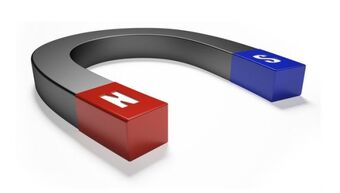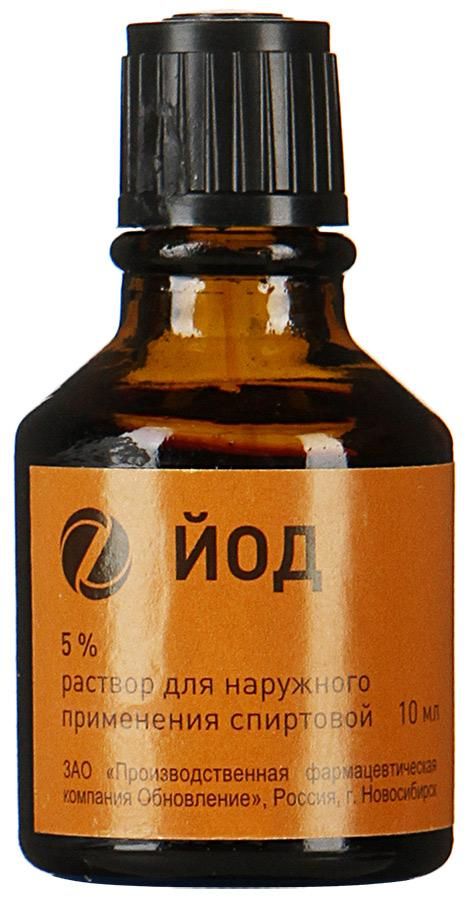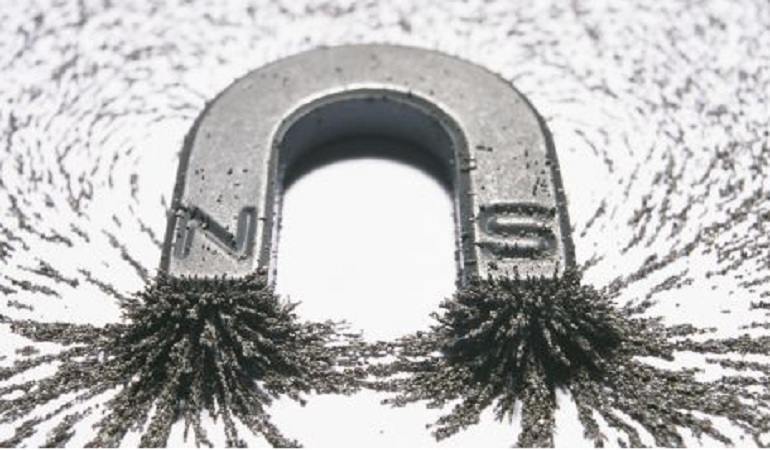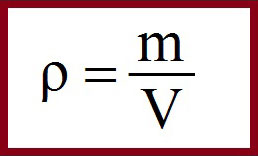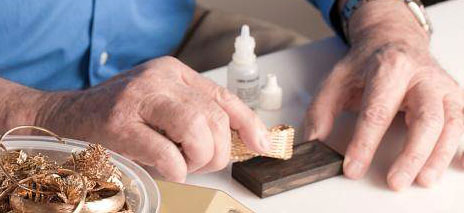How do you know the fineness of a precious metal? Is it true 925 sterling silver?
Often our customers have a question: is it true 925 sterling silver? The same applies with gold. It is why after these questions we decided to write a detailed article on checking precious metals for compliance with the declared sample.
Checking the product for compliance with the declared sample or checking the product for silver or gold are two tasks of varying complexity. If you are not a chemist then it is almost impossible or very difficult to find out the correspondence of an exact sample of a precious metal in a product at home and without special equipment or a touchstone. But it is very easy to find a particular precious metal contained in a product. At first we should decide the first task.
Checking the product for compliance with the declared sample or checking the product for silver or gold are two tasks of varying complexity. If you are not a chemist then it is almost impossible or very difficult to find out the correspondence of an exact sample of a precious metal in a product at home and without special equipment or a touchstone. But it is very easy to find a particular precious metal contained in a product. At first we should decide the first task.
Is it silver?
There are only two ways to look out for checking items for silver.-
A solution containing sulfur. The easiest way to determine if a piece is made of silver. Part of this should be put in a solution containing the sulfur. When silver reacts with sulfur it is immediately reacts and forms a thin layer of silver sulfide (Ag2S), and begins to darken.
If you touch a silver product with a solution containing sulfur it will begin to darken. These solutions including sulfuric ointment which can bought at the pharmacy. The regular whiteness is also a powerful blackening means. This way of checking actually show the product contains mainly silver, but be careful with the choice of this method because it is extremely difficult to remove the resulting rabble at home. Recommendation: Apply a sulfur-containing solution to the tip of the needle and touch this needle to the product.
- Magnet. One of the properties of silver is a diamagnetism. If a magnet brought up the silver is not magnetize. But in this way you can check, is it made this product of iron and steel or no.
Is it a gold?
On the Internet there are many ways to check a product for gold like with silver. But some are pointless and not universally applicable.- Checking gold by iodine. Fakes of gold are usually made from brass, copper, or bronze. There are interacting with iodine, gold forms gold iodide (AuI) and the place of contact of gold with iodine will darken. Often fakes are make from non-precious metals but at the same time gilding is applied (actually a gold layer on the outside of the product). Therefore for the most exact check, it is necessary to make a cut (remove the top layer in the most inconspicuous place) and touch the iodine to the cut. The easiest way to do this is with a needle, having previously dewy the tip of the needle with iodine.
- Magnet. You can also check the product with a magnet. If it is magnetized then inside is an ordinary iron, because the gold does not magnetized. The gold fakes do not make from iron but everything can be.
How to check a precious metal for compliance with a certain standard?
Each piece of jewelry must have a stamp with the sample, checked the product and a number indicating the sample of the product. As a rule it depicts the coat of arms the state.For gold actual tests: 375, 500, 583, 585, 750, 916, 958, 999
For silver actual tests: 800, 830, 875, 925, 960, 999
For silver actual tests: 800, 830, 875, 925, 960, 999
- Density of the metal. The sample of a precious metal is determined through his density. A fairly exact and generally simple way to determine the sample of a product is determine his density through volume and mass, if only it consists of one material without inserts. The exact weight of the product can be found in any jewelry salon and workshop by weighing it on a jewelry scale (measured in grams). We need a volumetric flask with water to measure the volume. It is necessary to place the product in water and accordingly the amount by which the volume of water increased when the product is placed in it is the volume of the product itself. Volume is measured in cubic centimeters. Then we divide the mass by the volume and get the density. Correspondence of the sample can be seen through the correspondence of the density of the precious metal to a certain sample. For example, 925 sterling silver has an approximate density of 10.36g / cm3.
The most exactly ways to determine the sample in the product.
- Touchstone. All the methods described above for check are working. Nevertheless, with these checks the most exactly indicators without special equipment will give special touchstone. Each touchstone is responsible for his own metal and specific sample. That is by purchasing a stone to test silver 925. The same stone cannot show the gold 585. Touchstone can be purchased at specialized jeweler stores.
 Pawnshop. You can also check items at pawnshops. They have test stones for testing different metals with different samples.
Pawnshop. You can also check items at pawnshops. They have test stones for testing different metals with different samples.
- State Assay Office.
• The most exactly way to check a piece of jewelry is to check it at the state assay office. There are several types of check. Their accuracy, duration and method are change. But we need to know the sample it is why need choose what is more important to you. The speed, cost and accuracy and you give the product to checked. Verification often takes several minutes, sometimes longer. Often depends of functioning capacity of the employees of a given government organization.
Published: 27.01.2020
Rating:







